 (Source: US Census Bureau)
(Source: US Census Bureau)
2023 was a mess, from my perspective (see last week’s blog). It is almost a given for me that 2024 will be better. A good start for readers may be to go back to my first blog of 2017, which starts with two quotes. One is a paragraph from the Gettysburg Address, which argues that America can not be made great again (MAGA) if it’s not MAGA for everybody. The other is by Stephen Hawking, who states the obvious: “We can’t go on ignoring inequality, because we have the means to destroy our world but not to escape it.”
We must join forces and try to make the world a better place. In two of my recent blogs (November 21st and 28th), I wrote that my emphasis in 2024 would be on retrofitting our infrastructure to better mitigate and adapt to our fast-changing environment. A “business as usual” scenario has a good chance of destroying our planet, which is still the only known host of life in the universe. I plan to start with housing practices in the developed world, with a focus on the US.
Prior to the pandemic (see February 19th, June 4th, and June 25th, 2019 blogs), I wrote about New York State and New York City’s legislations to limit carbon emissions in large buildings. I also looked at possible ways that universities could adapt to these mandates and use the process as a learning environment for our students (as part of Campus as a Lab).
Recently, the City of New York issued an update on this program, the essence of which is quoted below:
The final rules for Local Law 97 give property owners until 2026 to avoid penalties, as long as they demonstrate “good faith efforts” to decarbonize their buildings—an extension that’s rankled some environmental groups, who say the threat of climate change demands more urgent action.
Once I saw the announcement, I forwarded it to a family member who is a manager of a company that develops IoT (Internet of Things), with a focus on retrofitting housing. I posed it as a possible business opportunity. Below is his short response:
What I need more education about is the how.
In other words, what are the top 3 or 5 investment areas that have the most impact on achieving the carbon neutral goal.
That is, other than trading carbon in an exchange. And for those, where is the ROI, going beyond avoiding fines and focusing on actionable returns that pay for the investment in green buildings.
ROI in his comment refers to return on investment. In the past, he made a comment to me that one effective way for a house to reduce carbon emissions without changing its functionality is simply to improve its insulation. That doesn’t require anything related to IoT. I addressed this issue in a recent blog (November 21, 2023), pointing out that even while following the new legislation to reduce carbon emissions, or proceeding in other environmental mitigation and adaptation steps, there is a need to justify return on investment through variable repurposing! Much of the variability in repurposing is anchored on the premise that most steps for mitigating and adapting to destructive environmental impacts involve winners and losers. The most common distinction on this level is that the majority of us are “losers” in the short term (we have to pay) and “winners” in the long term (we can minimize future damage). This usually means a generational split. Most people who have the resources to apply the remediating steps are older and most people who will suffer from the accelerated environmental damage of continuing “business as usual” are younger.
However, the consequences of actions or inaction are not limited to the direct participants. Public policy is required to ensure the safety of the general public.
IoT is already being used to fight climate change. The key paragraphs from a Newsweek article are cited below:
Consider these critical numbers in the U.S.: More than 60% of the primary energy used to create electricity is wasted during the conversion. Household water leaks waste roughly 900 billion gallons of water annually. Between 30% and 40% of food produced for consumers is wasted.
All the while, we witness gradual growth in global average temperatures, accelerated melting of the polar ice caps and more frequent severe weather events.
IoT solutions rely on the collection of operational data across entire processes or supply chains. The integration of that data with other enterprise data and analysis derives actionable insights. Historically, the cost and complexity of developing IoT solutions slowed adoption, reducing their impact on climate change. The cost of solution development combined with the operational complexity of deploying non-wireless IoT sensors (requiring power and LAN connectivity) is the biggest challenge.
The concept of IOT is often complex. A summary of contributions of IOT to smart homes is given in the following TECHDesign blog post:
Any electrical device that can be linked to your smart home system, communicate with other devices, and make certain decisions on its own is considered a smart device. Smart devices include things like televisions, stoves, alarm systems, doorbells, garage doors, and stereos. You may gradually turn your home into a smart home by purchasing smart IoT gadgets separately over time.
These IoT solutions then work together as a system to automate particular chores and can often operate from a distance. Sprinklers, cameras, and home security systems can all be programmed using a smart home system, along with other devices like air conditioners, heaters and refrigerators.
Purchasing a smart speaker may be all that is necessary for some people to transform their home into a smart one. For others, it may include tying together a variety of IoT solutions. Check out various smart home solutions to turn your house into a smart home!
The concept of ROI within that context is relatively simple: we have a sharp distinction between supply and demand. The business is viable if there is enough demand for introducing the “smartness” of the home at a price that considers ROI. Environmental impacts directly affect indirect players. Government regulations are required in the form of laws and penalties that directly impact many businesses.
An increasing fraction of the US economy is the service economy. Presently, it amounts to 77.6%. An argument was made that energy use and carbon emissions, even when regulated, do not play an important role in most of these businesses. Labor productivity is the main factor. Under such conditions, when excessive energy use and/or carbon emissions are taxed, businesses just pay for it. In other words, it’s not an effective deterrent. That implies that the carbon tax is too low, meaning that the general public—those who are not directly part of these businesses—pays part of the cost by suffering the environmental consequences. These situations often have strong political consequences, and they require transparency. Often, the reformatting of facilities in the service sector is service-specific. Future blogs will try to address the balance of environmental needs and their impacts on the ROI of the higher education and healthcare sectors.
My next blog will focus on smart electricity meters, which can be an effective tool for making steps toward environmental mitigation and adaptation that can be justified by ROI.

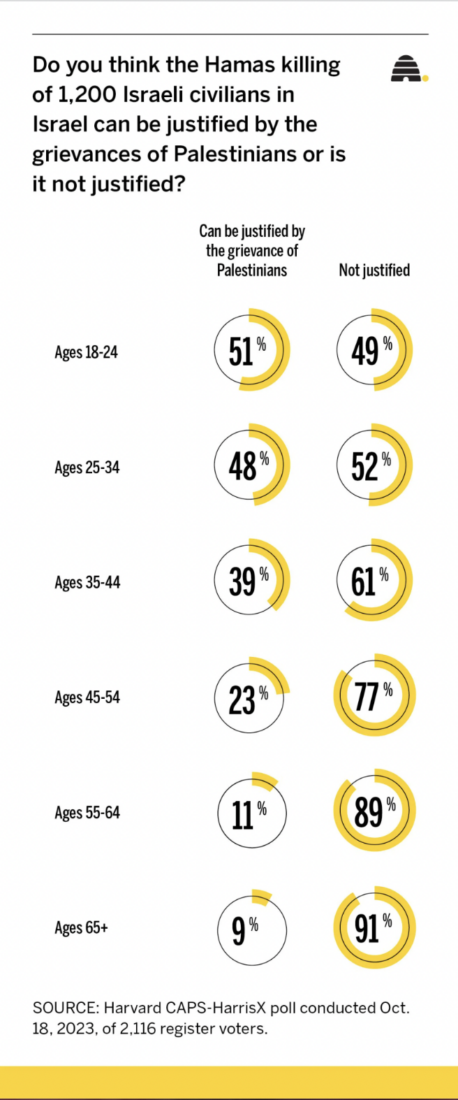
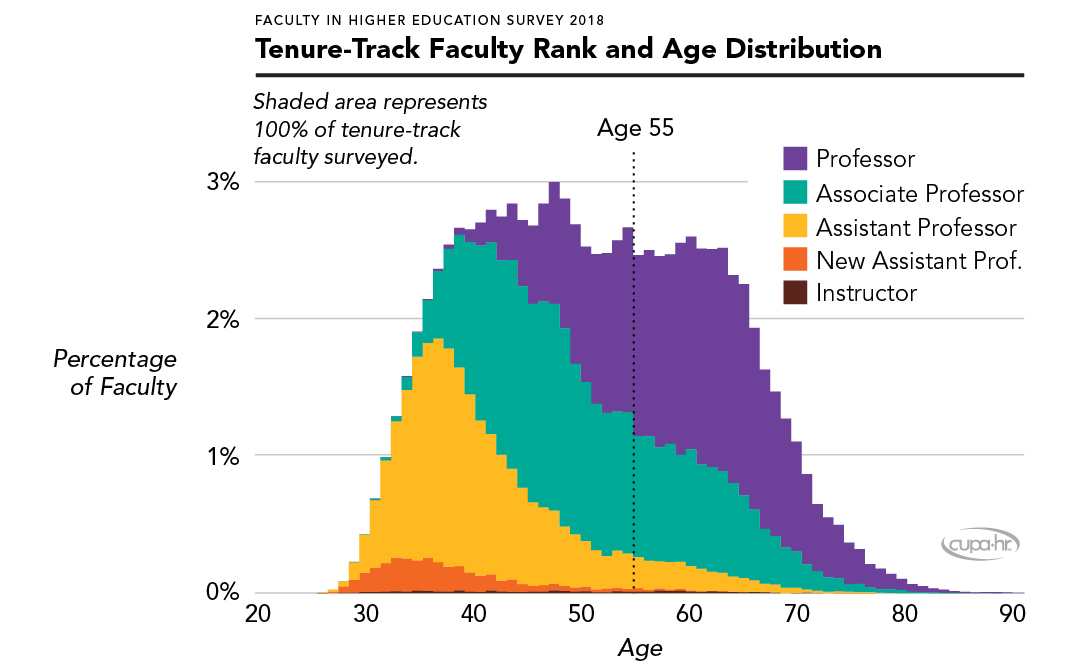
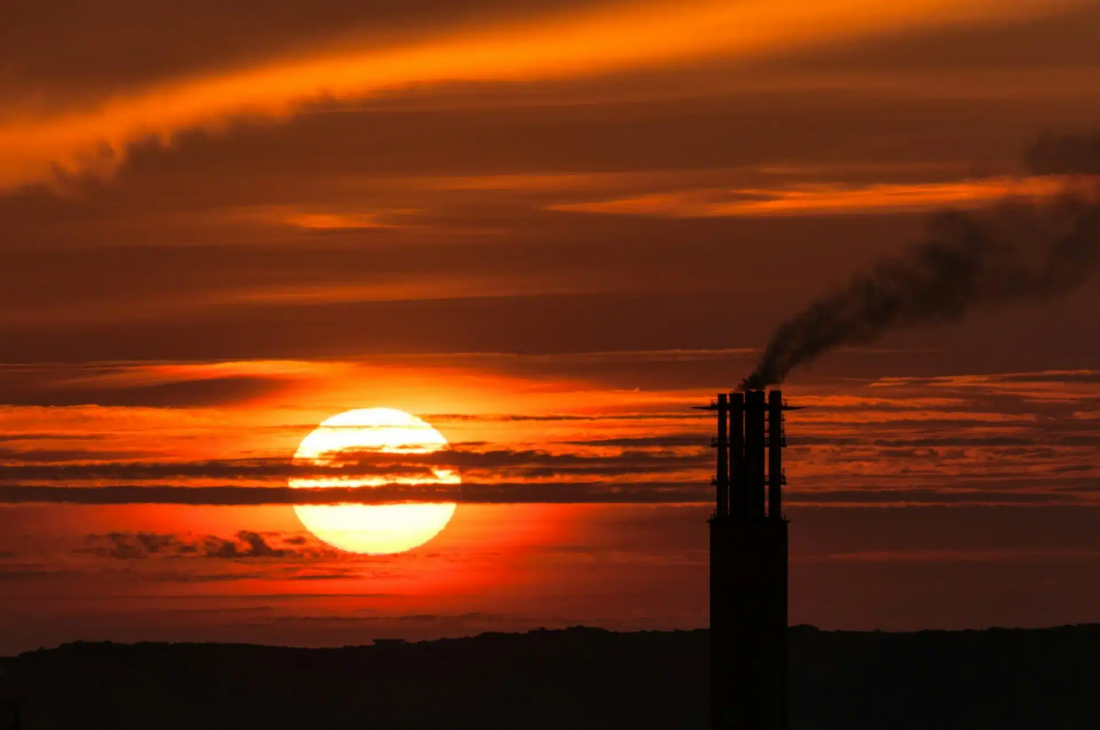
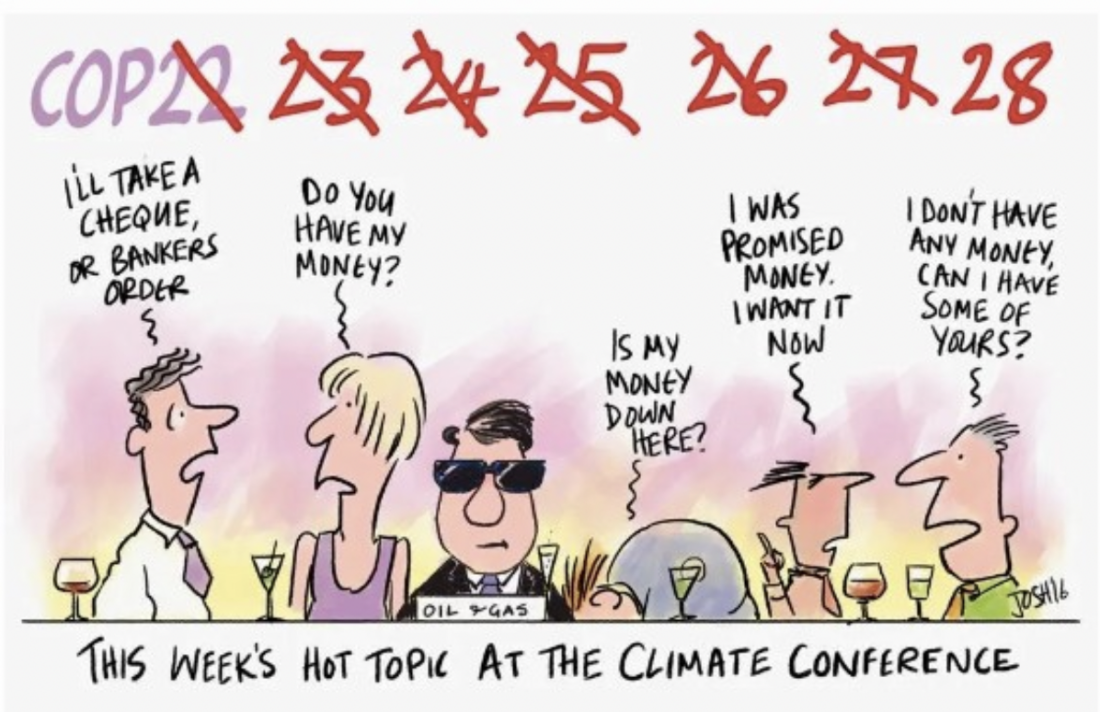 (Source:
(Source: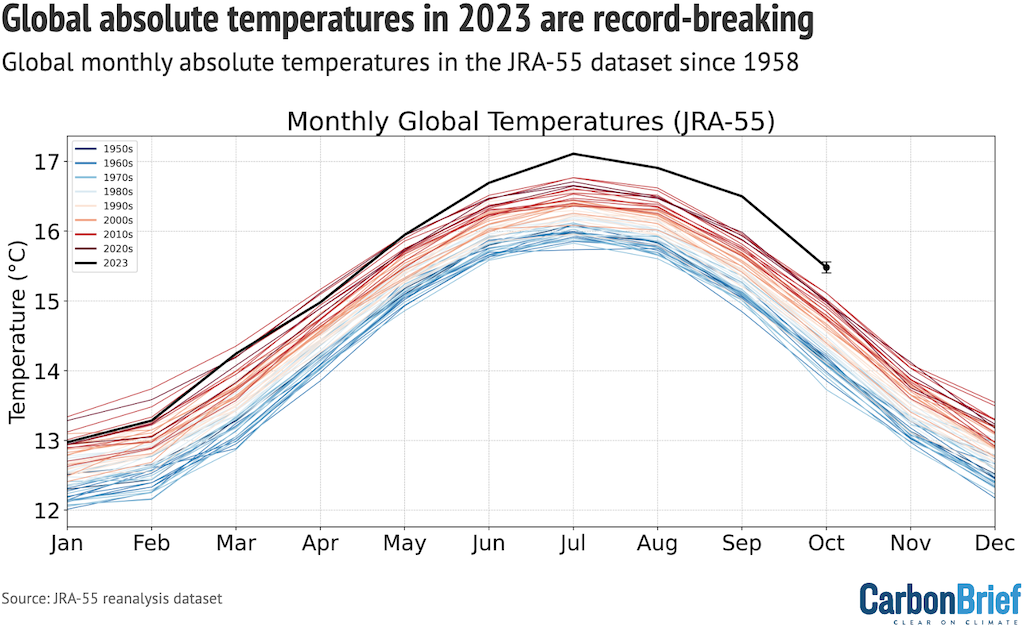
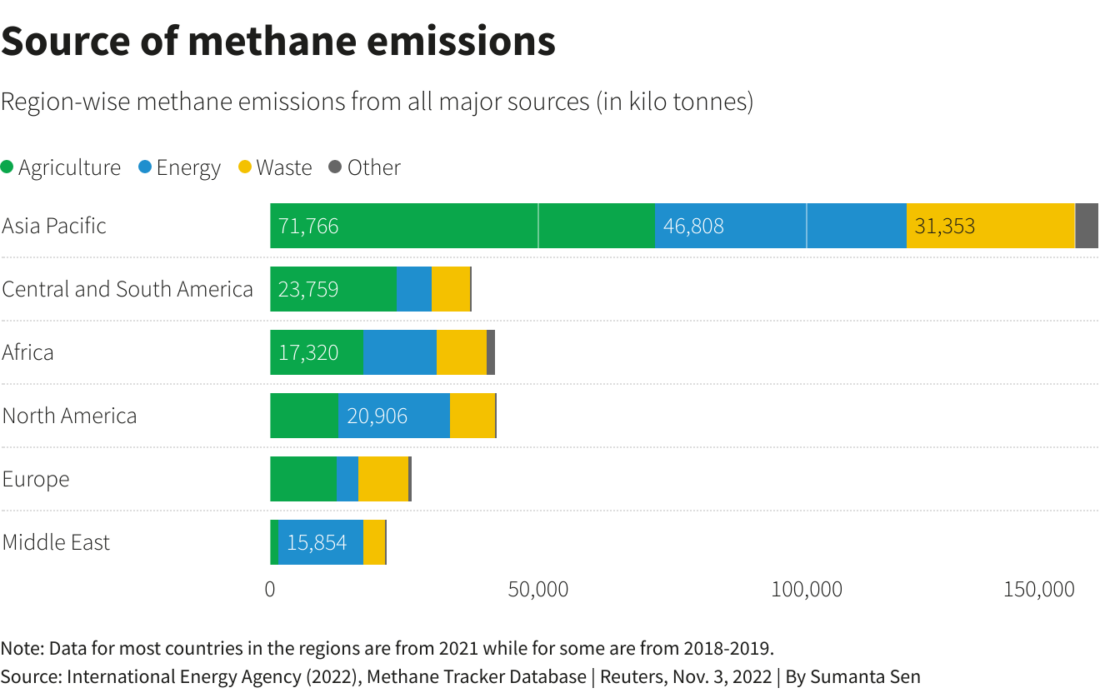
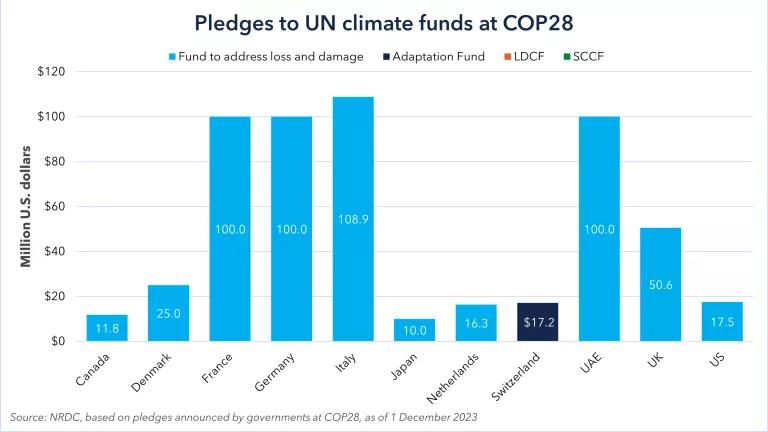 Figure 4 – Pledges to UN climate funds at COP28 (Source:
Figure 4 – Pledges to UN climate funds at COP28 (Source: 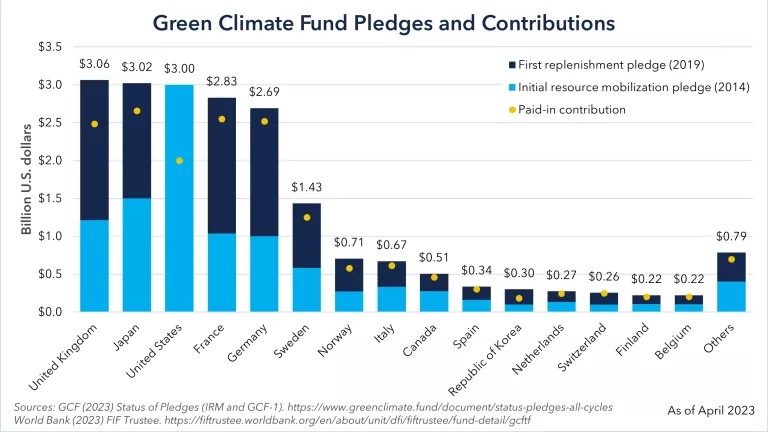

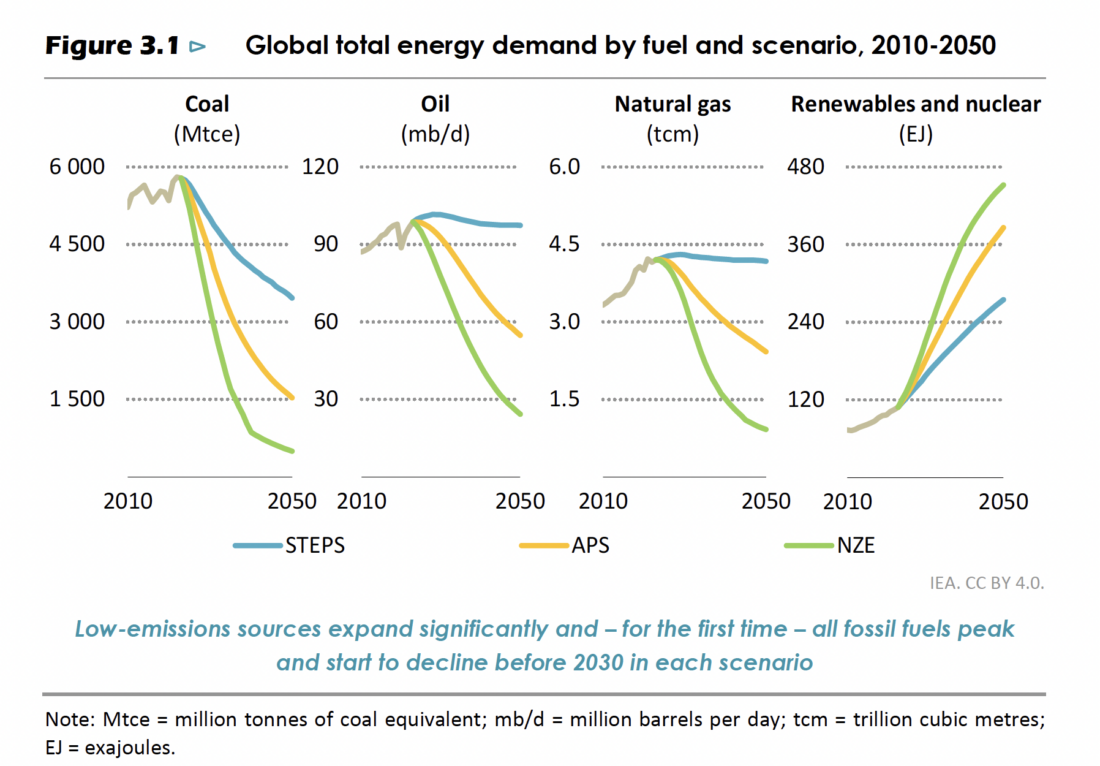
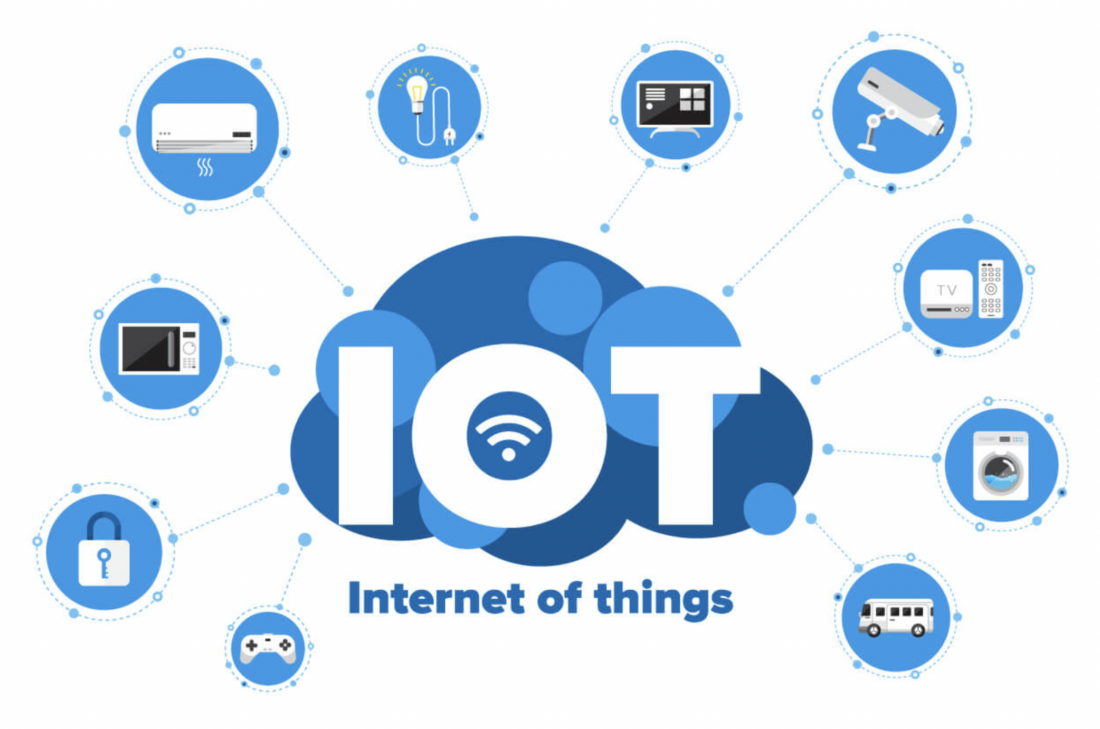
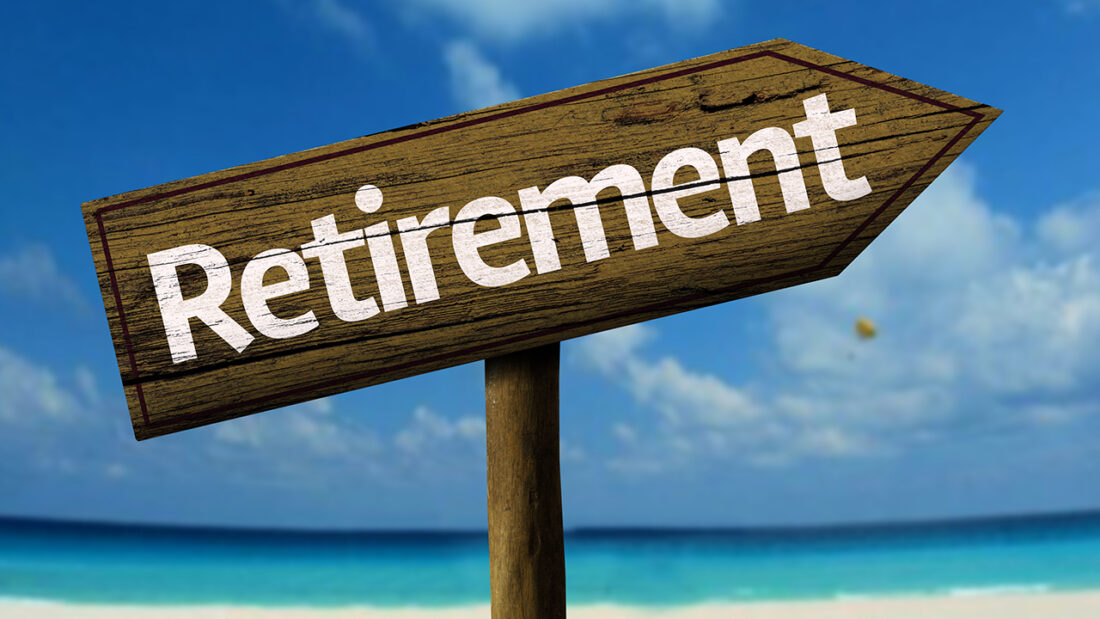

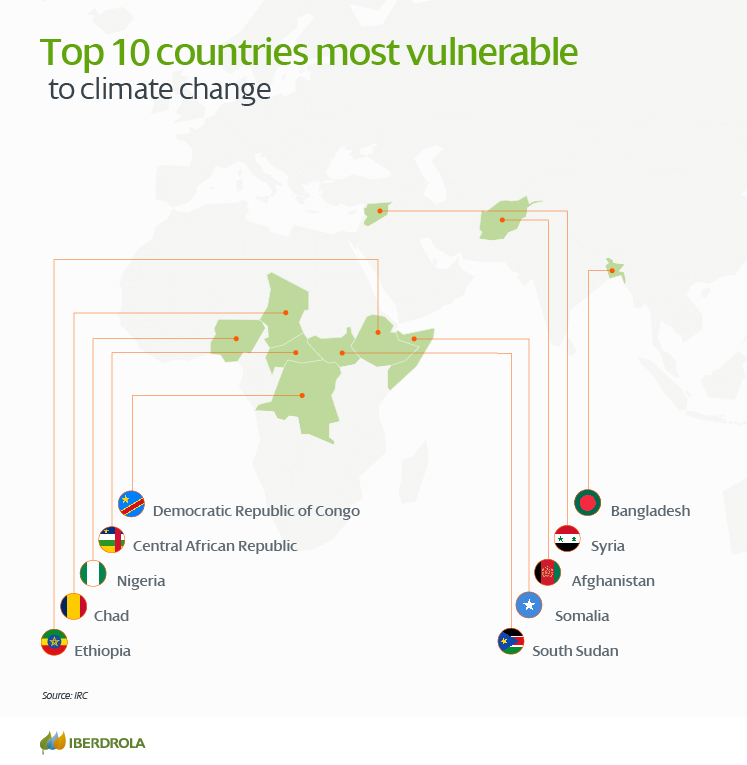 Figure 1 – The 10 countries most threatened by climate change in the 21st century (Source: IRC
Figure 1 – The 10 countries most threatened by climate change in the 21st century (Source: IRC 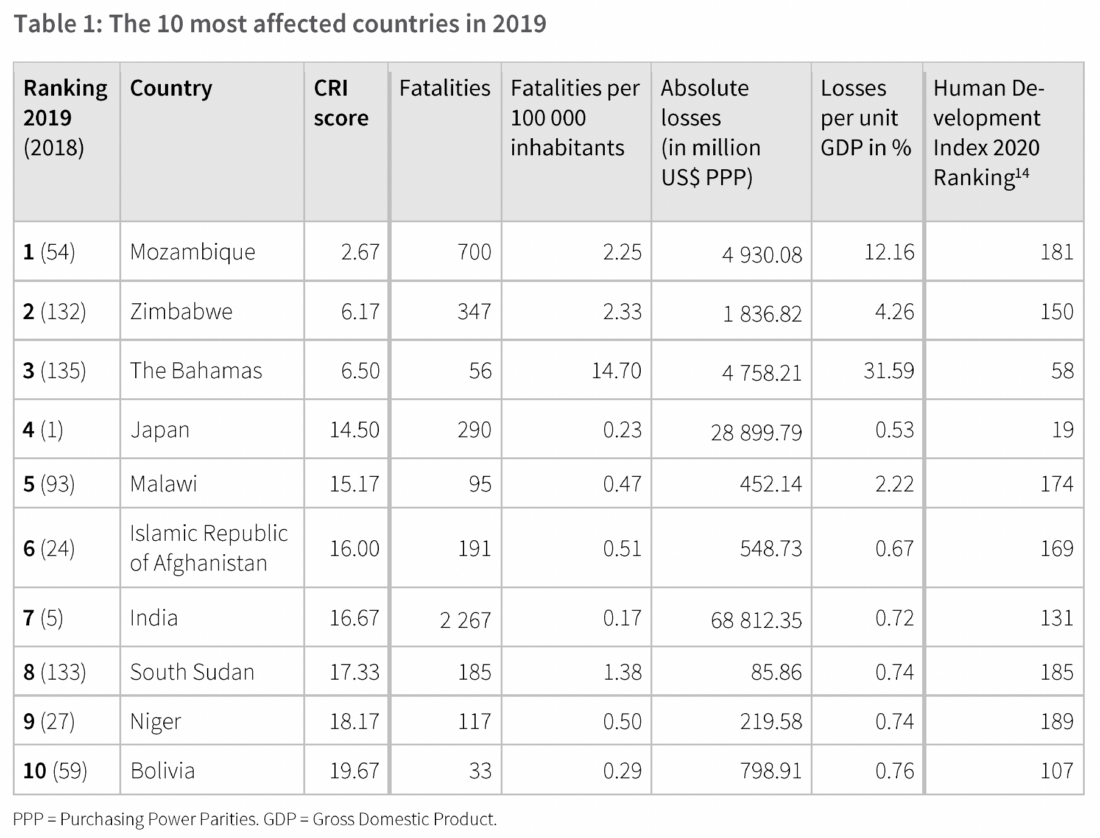 This ranking is independent of the ability to mitigate the damage, but with one exception (Japan) also includes only developing countries. This ranking is based on the Global Climate Risk Index (CRI), summarized below from the
This ranking is independent of the ability to mitigate the damage, but with one exception (Japan) also includes only developing countries. This ranking is based on the Global Climate Risk Index (CRI), summarized below from the 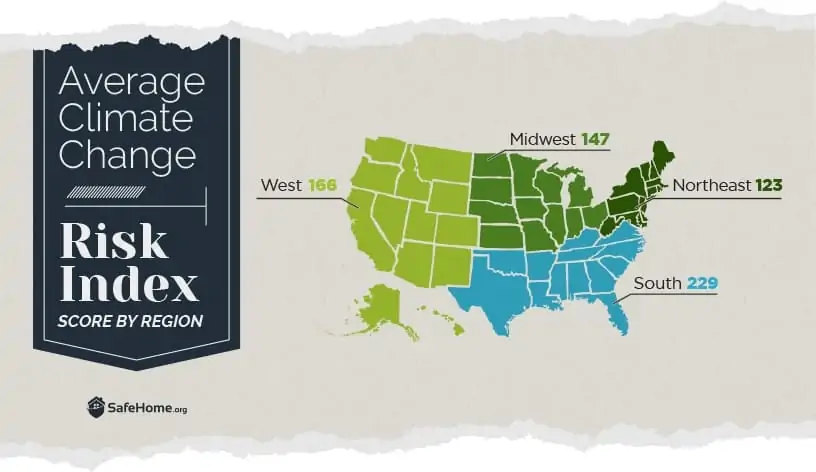
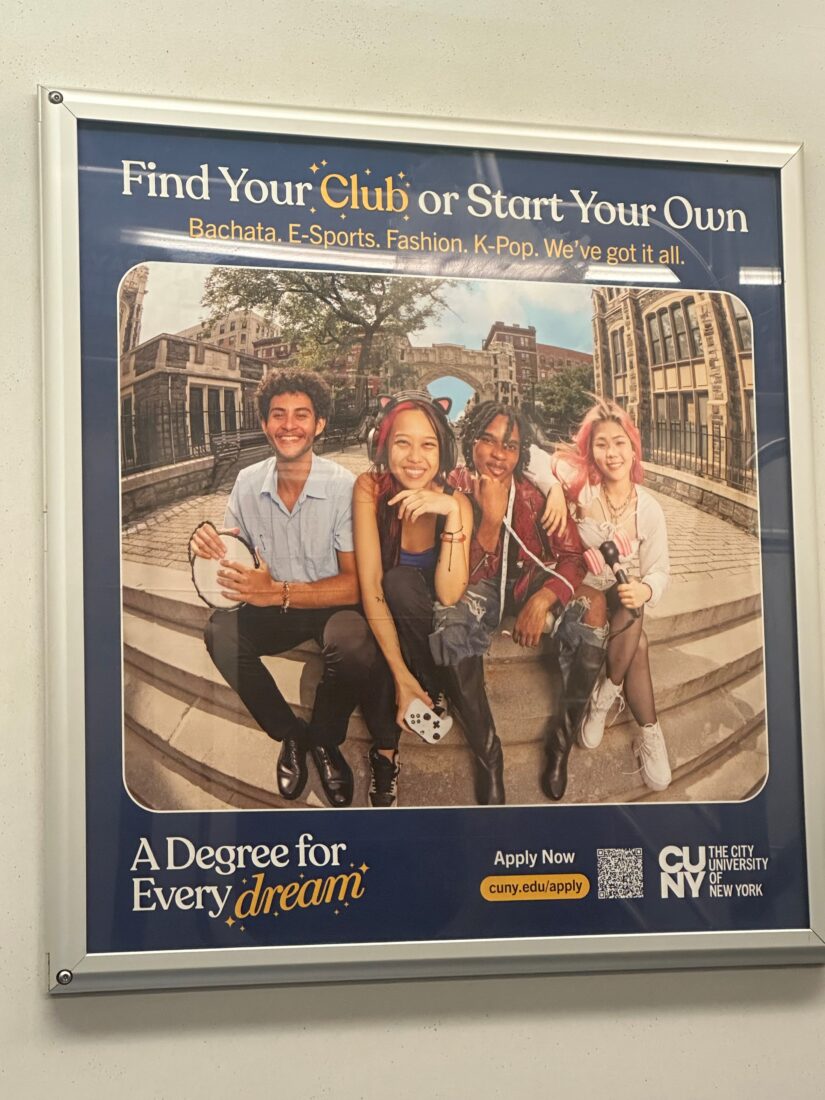 Figure 1 – A subway ad for for CUNY highlighting different clubs
Figure 1 – A subway ad for for CUNY highlighting different clubs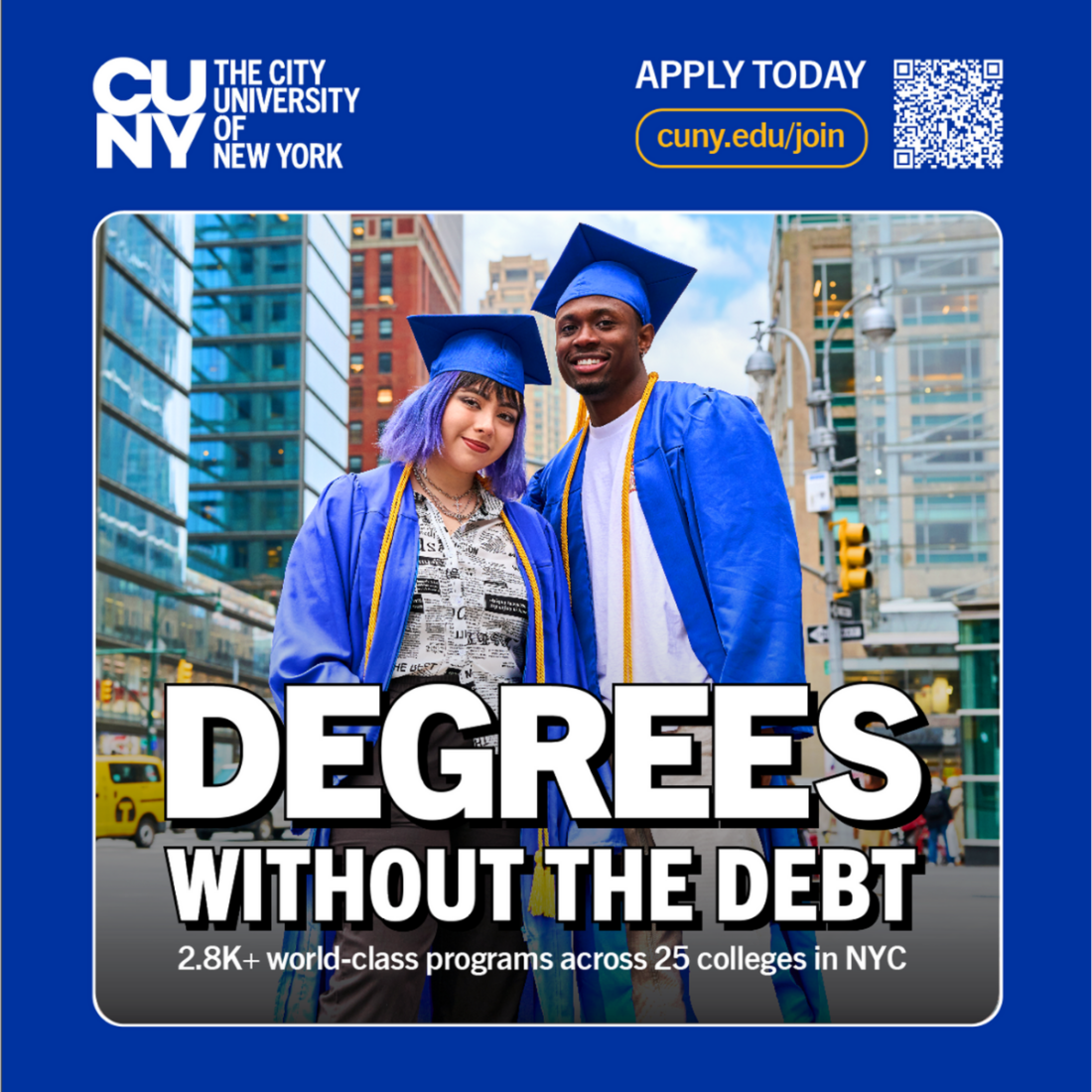 Figure 2 – Another subway ad specifies the number of programs that CUNY runs
Figure 2 – Another subway ad specifies the number of programs that CUNY runs